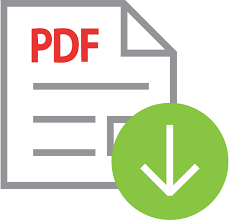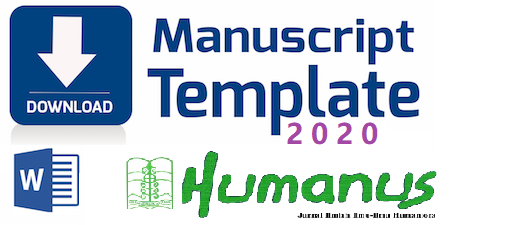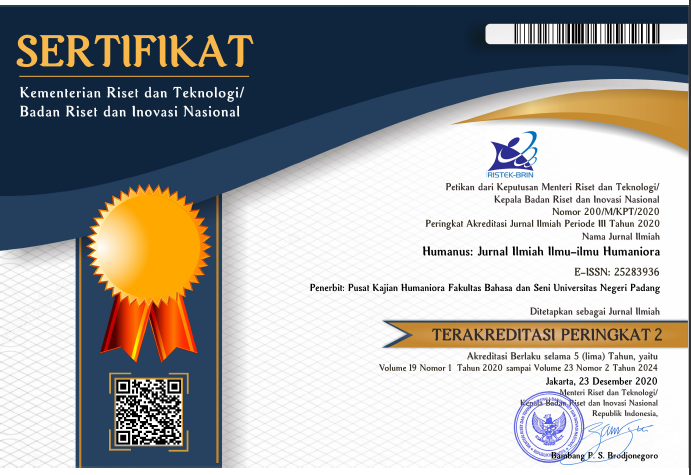Salam Adat of Wemale and Alune Tribes in Maluku
 ), Eko Wahyunanto Prihono(3), Oscar Ndayizeye(4),
), Eko Wahyunanto Prihono(3), Oscar Ndayizeye(4), (1) IAIN Ambon
(2) IAIN Ambon
(3) IAIN Ambon
(4) Hebei Foreign Studies University
 Corresponding Author
Corresponding Author
Copyright (c) 2025 Humanus: Jurnal Ilmiah Ilmu-ilmu Humaniora
DOI : https://doi.org/10.24036/humanus.v24i1.122291
Full Text:
 Language : en
Language : en
Abstract
Keywords
References
Bartels, D. (2017). Di bawah naungan Gunung Nunusaku jilid 2 (Vol. 2). Kepustakaan Populer Gramedia.
Bashir, I., Raveendran, K., & Thangaivelan, S. (2022). Religions Quest for Peace: A Comparative Study of Abrahamic Religions (Christianity, Islam, and Judaism). NeuroQuantology, 20(15), 820.
Bonvillain, N. (2019). Language, culture, and communication: The meaning of messages. Rowman & Littlefield.
Caronia, L. (2021). Language, interaction and culture. An Introduction. DIALOGUE STUDIES, 1–36.
Cooley, F. L. (1987). Mimbar dan takhta: hubungan lembaga-lembaga keagamaan dan pemerintahan di Maluku Tengah. Sinar Harapan.
Dilzoda, S. (2025). Investigating Language Layers as the Main Problem of Linguistics. Miasto Przyszłości, 56, 142–146.
E Wattimury, E. W., Haulussy, N. A., Haulussy, N. A., & J Pentury, J. P. (1996). Struktur Bahasa Alune (1996). Pusat Pembinaan dan Pengembangan Bahasa.
Erniati, E., Wahidah, W., & Turiah, H. (2018). Kamus dwibahasa Alune-Indonesia. Kantor Bahasa Provinsi Maluku.
Ihemezie, E. J., Nawrath, M., Strauß, L., Stringer, L. C., & Dallimer, M. (2021). The influence of human values on attitudes and behaviours towards forest conservation. Journal of Environmental Management, 292, 112857. https://doi.org/10.1016/j.jenvman.2021.112857
Kader, H. (2021). Human well-being, morality and the economy: an Islamic perspective. Islamic Economic Studies, 28(2), 102–123.
Khwaiter, J. (2021). Bilingual Peace Education in Israel: A case study on The School for Peace at Neve Shalom/Wahat al-Salam: The path towards peaceful behaviours and social integration among Arabs and Jews.
Lasut, F. Y. (2022). Komunikasi Transendental Kampetan dalam Ritus Minahasa. Jurnal Masyarakat Dan Budaya, 24(1).
Muskita, M., Noya, J., & Lumaupuy, E. (2023). Pengaruh penggunaan Bahasa Melayu Ambon terhadap pembentukan identitas Orang Maluku. JURNAL BADATI, 5(2), 94–106.
Nencheva, M. L., & Lew-Williams, C. (2022). Understanding why infant-directed speech supports learning: A dynamic attention perspective. Developmental Review, 66, 101047. https://doi.org/10.1016/j.dr.2022.101047
Nurhayati, N., Setiyowati, R., & Nurmalisa, Y. (2021). Bhinneka Tunggal Ika as a national consensus and a universal tool of the Indonesian nation. JED (Jurnal Etika Demokrasi), 6(2), 254–263.
Rahman, U., Mujizatullah, M., Subair, I., Muslim, A., Kila, S., Mustafa, M. S., Nisa, K., Amiruddin, B. M., Hamid, W., & Arafah, S. (2021). Religious and Cultural Moderation of Ambonese Society Post-1999 Conflict. Linguistica Antverpiensia, 2225–2243.
Ruslin, R., Mashuri, S., Rasak, M. S. A., Alhabsyi, F., & Syam, H. (2022). Semi-structured Interview: A methodological reflection on the development of a qualitative research instrument in educational studies. IOSR Journal of Research & Method in Education (IOSR-JRME), 12(1), 22–29.
Sanjoko, Y., & Erniati, E. (2020). Korespondensi fonemis bahasa Alune dan Wemale: Phonemic correspondence in Alune and Wemale languages. Kibas Cenderawasih, 17(2), 147–165.
Sapasuru, M., Salamor, L., & Bakker, R. (2022). Saka Mese Nusa Sebagai Perwujudan Nilai Persatuan pada Masyarakat Seram Bagian Barat. De Cive: Jurnal Penelitian Pendidikan Pancasila Dan Kewarganegaraan, 2(1), 10–15.
Sari, A. D. P., & Indartono, S. (2019). Teaching Religious Tolerance Through Social Studies Education Based On Multicultural Approach. International Conference on Social Science and Character Educations (IcoSSCE 2018) and International Conference on Social Studies, Moral, and Character Education (ICSMC 2018), 214–219.
Smilova, R. (2021). The ideational core of democratic illiberalism. In Routledge handbook of illiberalism (pp. 177–202). Routledge.
Smith, J. D., Adam, R., & Maarif, S. (2024). How social movements use religious creativity to address environmental crises in Indonesian local communities. Global Environmental Change, 84, 102772. https://doi.org/10.1016/j.gloenvcha.2023.102772
Spradley, J. P. (1997). Metode Etnografi, Yogyakarta: PT. Tiara Wacana, 5.
Topatimasang, R. (2016). Orang-orang kalah: Kisah penyingkiran masyarakat adat Kepulauan Maluku. INSISTPress.
Tusheva, V. (2021). The phenomenon of a future teacher’s scientific-research culture under the new socio-cultural conditions. JETT, 12(1), 147–153.
Uhi, J. A., Soeprapto, S., & Syamsuddin, M. M. (2016). Hatuhaha amarima Lou nusa dalam perspektif filsafat kebudayaan Cornelis Anthonie Van Peursen dan relevansinya dengan keutuhan bangsa Indonesia. Jurnal Filsafat, 26(1), 53–88.
Utami, N. P. (2023). The Role of Linguistic in English Language Teaching. Conference on English Language Teaching, 544–551.
van Engelenhoven, G. (2021). From Indigenous Customary Law to Diasporic Cultural Heritage: Reappropriations of Adat Throughout the History of Moluccan Postcolonial Migration. International Journal for the Semiotics of Law - Revue Internationale de Sémiotique Juridique, 34(3), 695–721. https://doi.org/10.1007/s11196-020-09781-y
Wahyuni, S. (2022). Eksistensi Negeri Ambon dan Nagari Sumatera Barat Pasca Pemberlakuan Undang-Undang Desa. Jurnal Hukum Ius Quia Iustum, 29(1), 211–231.
 Article Metrics
Article Metrics
 Abstract Views : 245 times
Abstract Views : 245 times
 PDF Downloaded : 14 times
PDF Downloaded : 14 times
Refbacks
Copyright (c) 2025 Humanus: Jurnal Ilmiah Ilmu-ilmu Humaniora

This work is licensed under a Creative Commons Attribution-NonCommercial 4.0 International License.










